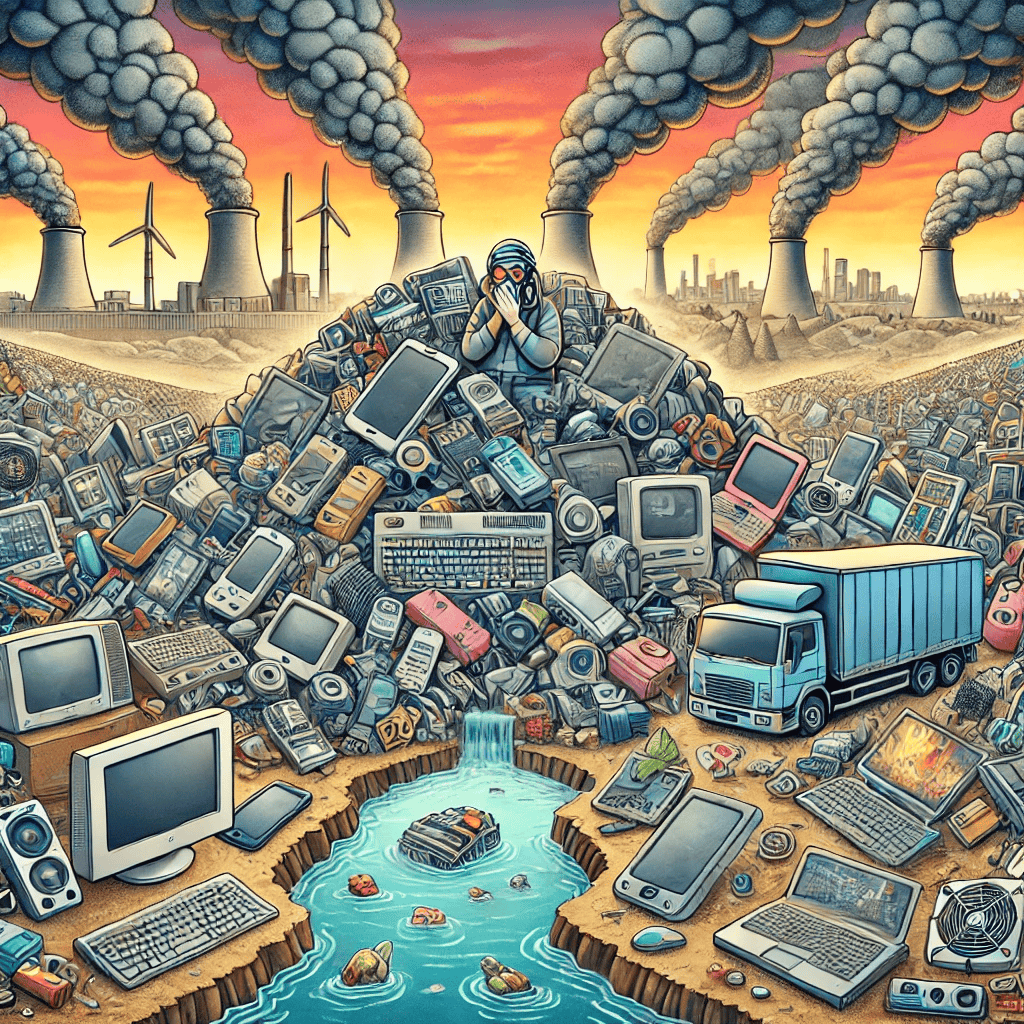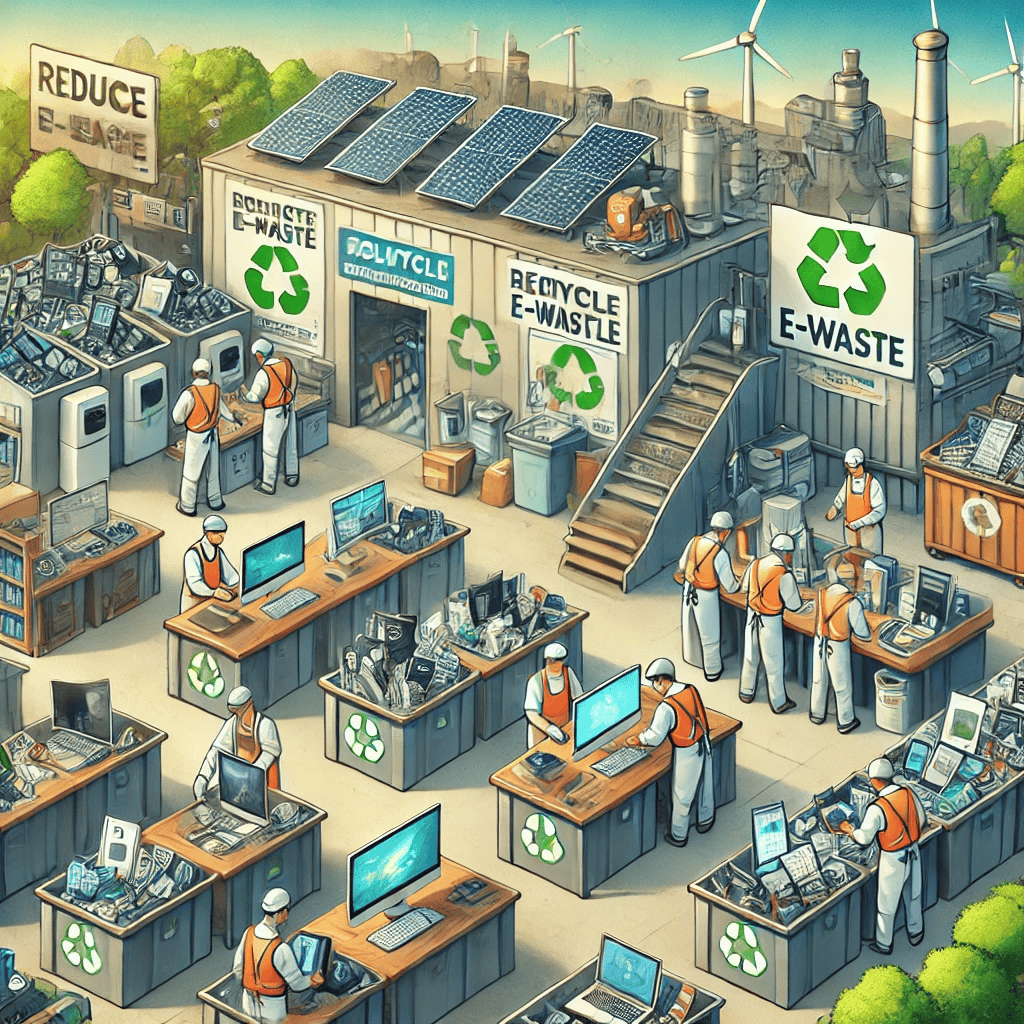Electronic waste, also known as e-waste, is one of the fastest growing waste streams globally. Nowadays, nearly everyone uses electronic devices, including computers, smartphones, televisions, and household appliances. The rapid evolution of technology, combined with shorter product life cycles, has led to a significant increase in e-waste, posing major environmental and health risks.
This case study examines the extent of e-waste, its effects on nature and human health, and real-world examples, highlighting the urgency of the problem.
According to a 2022 report, the world saw a remarkable 62 million tonnes (Mt) of e-waste produced, a dramatic increase from 34 Mt in 2010—a growth of 82%. Experts forecast that e-waste could rise by another 32% by 2032, reaching 82 Mt.
Unfortunately, recycling rates remain concerningly low. In 2022, only 22.3% (around 13.8 Mt) of e-waste was properly collected and recycled. The rest is often discarded improperly, posing risks to both the environment and public health.

Improper disposal of e-waste releases hazardous substances like lead, mercury, and cadmium into the environment. These harmful chemicals can cause:
People who come into contact with e-waste, particularly in informal recycling jobs, face serious health risks, including:
Agbogbloshie, a suburb of Accra, Ghana, is infamous for being one of the largest e-waste dumping sites in the world. Developed countries, particularly in Europe and North America, export large amounts of discarded electronics here. Informal workers, including children, dismantle devices to extract valuable metals, leading to:
Guiyu, located in China’s Guangdong province, has been a hub for informal e-waste recycling for decades. Small workshops dismantle discarded electronics using crude methods like acid baths and open burning. This has resulted in:
India is the third-largest producer of e-waste, generating over 3.2 million tonnes annually. However, 95% of e-waste in India is handled by the informal sector, where workers are exposed to toxic materials without proper protective equipment.
Recent developments include the establishment of e-waste recycling hubs in Bengaluru and Delhi, as well as government initiatives like the E-Waste (Management) Rules, 2022, which mandate proper e-waste collection and disposal. Companies like Dell, HP, and Apple have also launched corporate responsibility programs to collect e-waste.

Countries need to invest in formal recycling facilities that use safe and efficient methods to extract valuable materials from e-waste while minimizing pollution.
Consumers need to be educated about the dangers of e-waste and encouraged to dispose of electronics responsibly through collection programs and certified recyclers.
The e-waste crisis is a growing global challenge that threatens both the environment and human health. However, through effective regulations, investment in sustainable recycling infrastructure, and increased consumer awareness, it is possible to mitigate these impacts. Governments, industries, and individuals must work together to promote responsible e-waste management and transition towards a circular economy.